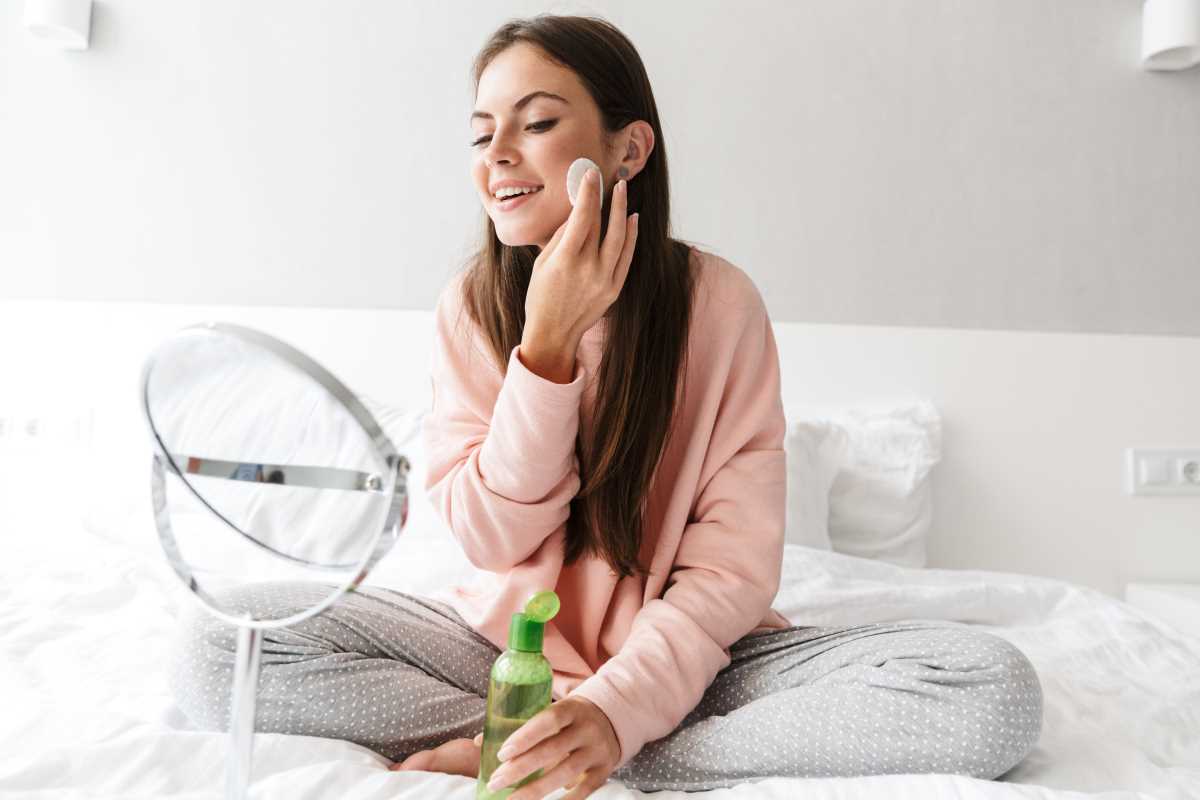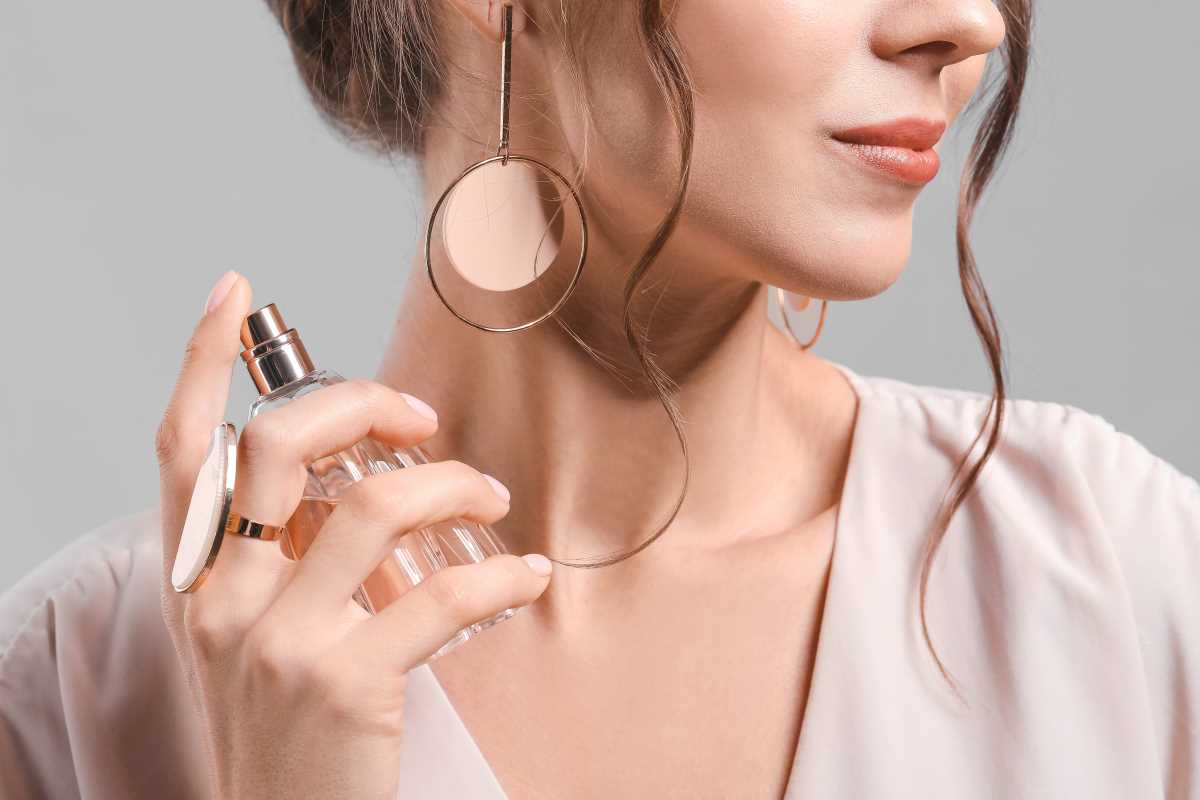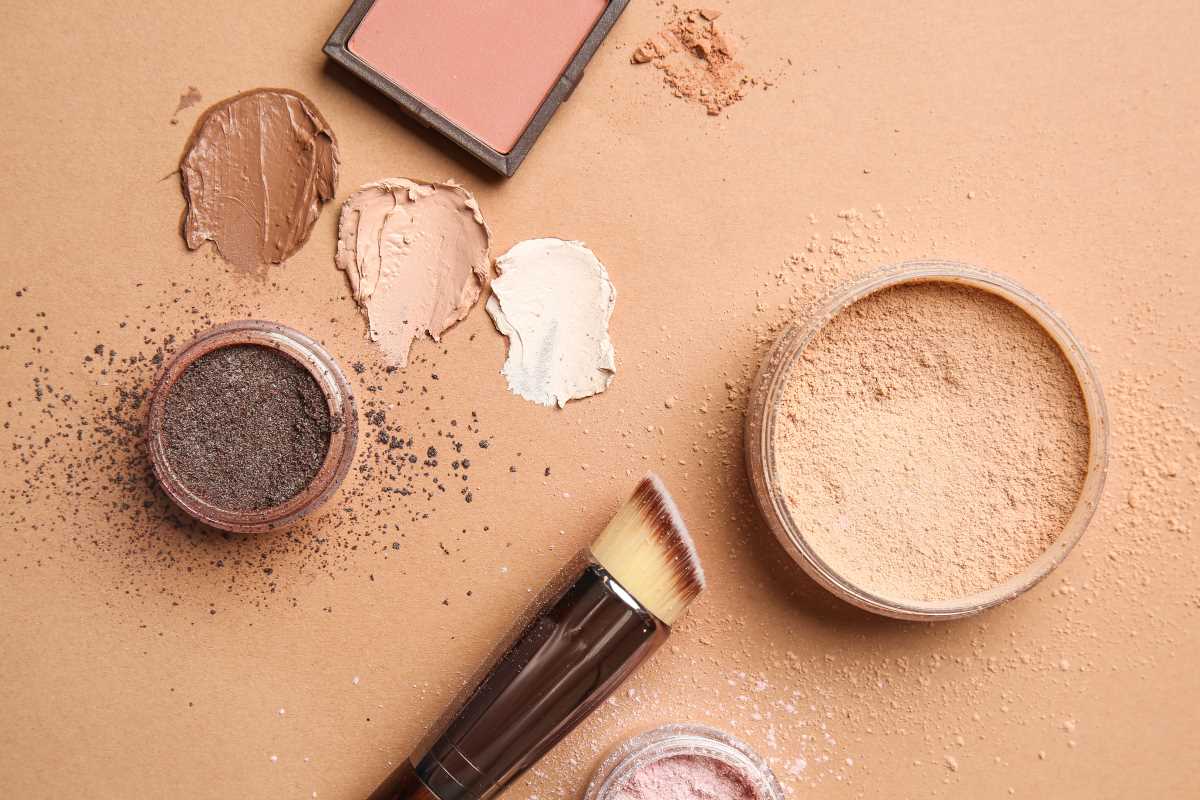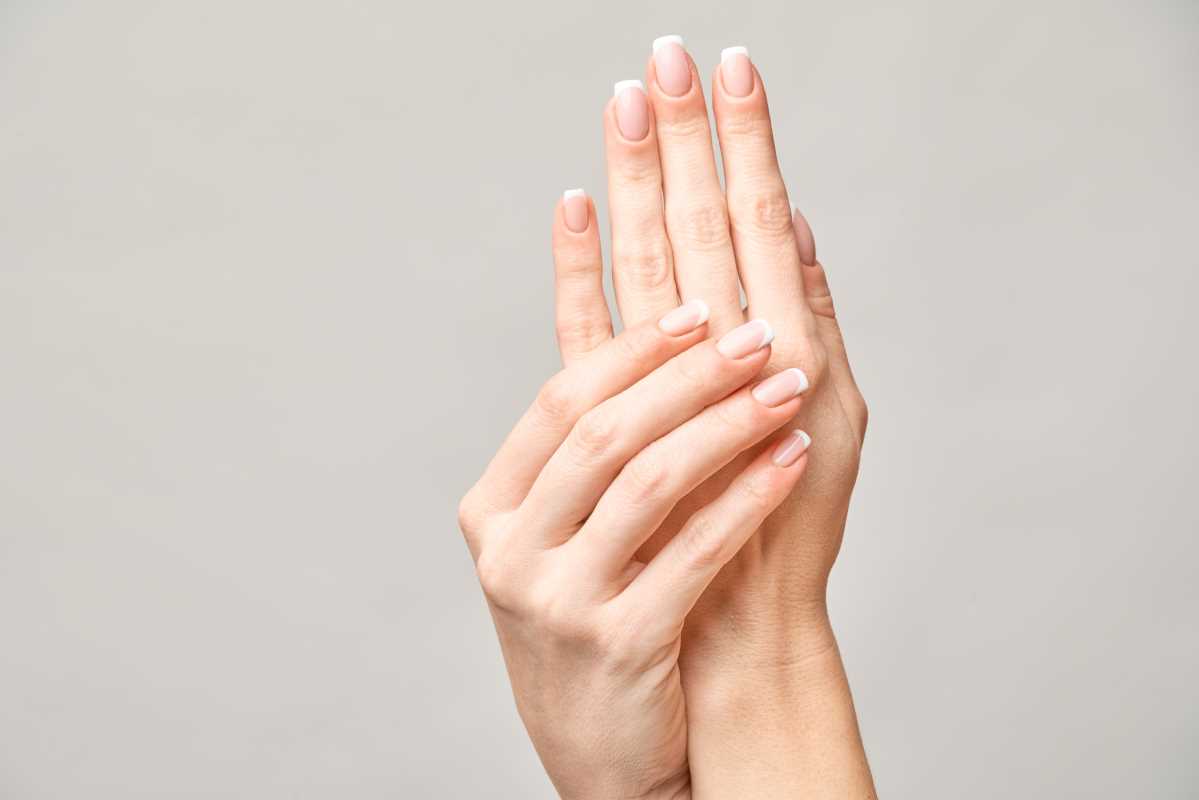You might not realize it, but your skin is a bustling metropolis, home to trillions of invisible microorganisms, including bacteria, fungi, and viruses. This living community is known as your skin microbiome, and it acts as your personal, microscopic bodyguard. A happy, balanced microbiome is essential for a strong skin barrier, which locks in hydration and keeps out irritants. When this delicate ecosystem is in harmony, your skin looks calm, clear, and healthy. However, many common skincare habits, like using harsh scrubs or stripping cleansers, can disrupt this balance, leading to problems like redness, dryness, and breakouts.
How Microbiome-Friendly Products Work
The goal of microbiome-friendly skincare isn't to sterilize your skin but to support its natural ecosystem. These products work by creating an environment where your beneficial microbes can thrive. One of the most important factors is maintaining your skin's natural pH, which is slightly acidic (around 5.5). Products that are too alkaline can throw this off balance. Microbiome-friendly formulas also use gentle surfactants (cleansing agents) that clean your skin without stripping away its natural oils and protective organisms. They focus on nourishing the skin barrier, ensuring your microbial guardians have a healthy home.
Key Ingredients to Look For
When shopping for products, certain ingredients are superstars for supporting your skin's microbiome. Ceramides, squalane, and glycerin are excellent for reinforcing the skin barrier. Prebiotics, such as inulin and various plant sugars, act as food for your good bacteria, helping them flourish. Postbiotics, which are the beneficial byproducts created by probiotics, can help soothe and calm the skin. Ingredients like zinc PCA can also help regulate sebum production without being overly harsh, contributing to a more balanced environment for your skin’s residents.
What to Avoid for a Happy Microbiome
Just as important as what you put on your skin is what you leave off. Over-exfoliating with strong acids or harsh physical scrubs can damage your skin barrier and disrupt your microbial community. High-alcohol toners can be extremely drying and irritating, creating an imbalanced environment. While it might seem like a good idea to use strong antibacterial ingredients, frequent use can wipe out both the good and bad bacteria, leaving your skin vulnerable. Also, be mindful of overly alkaline cleansers, like traditional bar soap, which can strip the skin and raise its pH to a level that harms beneficial microbes.
Building a Simple, Supportive Routine
You don't need a complicated 12-step routine to care for your microbiome. A simple, consistent approach is often best. Start with a gentle, pH-balanced cleanser to wash away dirt and makeup without stripping your skin. Follow up with a hydrating toner or essence to add moisture back. Next, apply a nourishing serum or moisturizer with barrier-supporting ingredients like those mentioned earlier. The final and most crucial step in the morning is a broad-spectrum sunscreen. Sun protection is vital for maintaining a healthy skin barrier and, by extension, a happy microbiome.
Makeup That Plays Nicely With Your Skin
Your makeup choices can also impact your skin's ecosystem. Look for formulas with breathable textures that don't feel heavy or occlusive. Foundations and concealers that are labeled "non-comedogenic" are less likely to clog pores, which helps maintain a balanced state. Try to minimize fragrance in your face products, as it can be a common source of irritation for sensitive skin. The idea is to choose makeup that enhances your skin rather than covers it up with a thick, suffocating layer.
How to Introduce New Products
Even with the best formulas, it's wise to introduce new products slowly to see how your skin reacts. Always perform a patch test by applying a small amount of the new product to a discreet area, like behind your ear or on your inner arm, for a few days. If you don't experience any redness or irritation, you can begin incorporating it into your routine. Start by using the new product just a few times a week before moving to daily use. This gradual introduction gives your skin and its microbiome time to adjust.
 (Image via
(Image via





